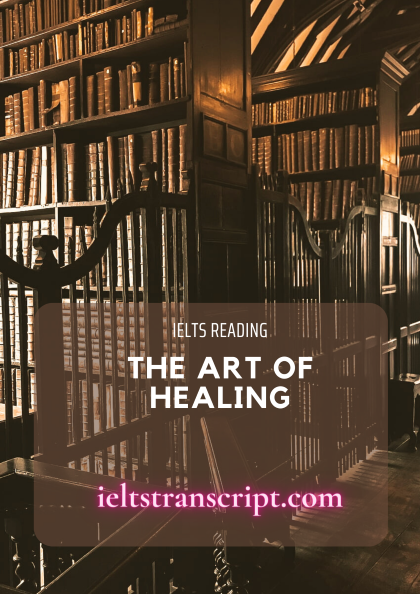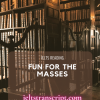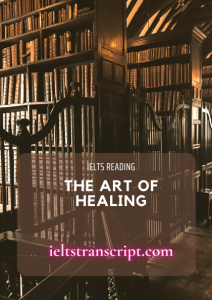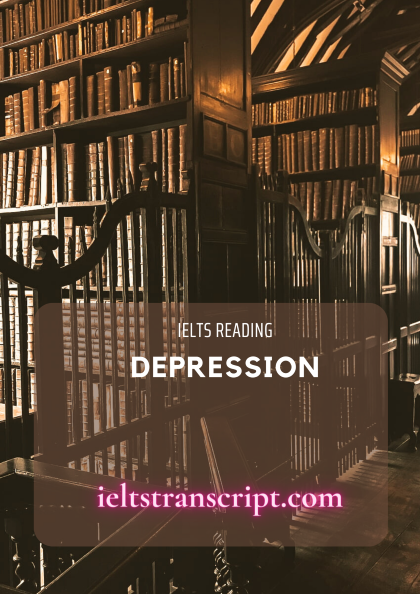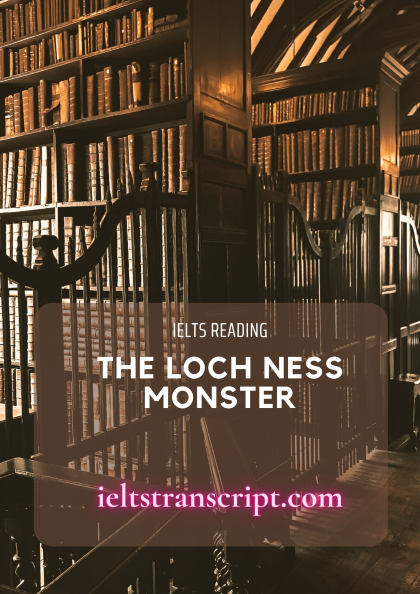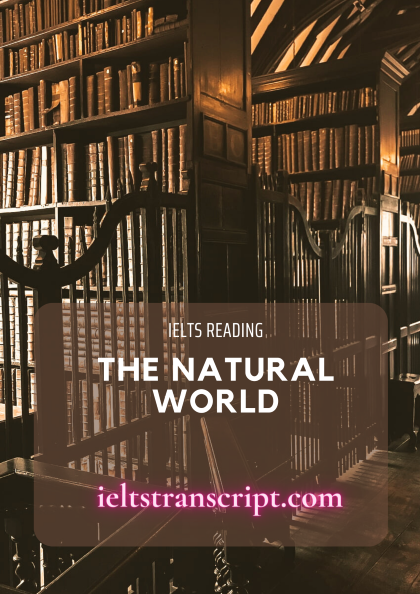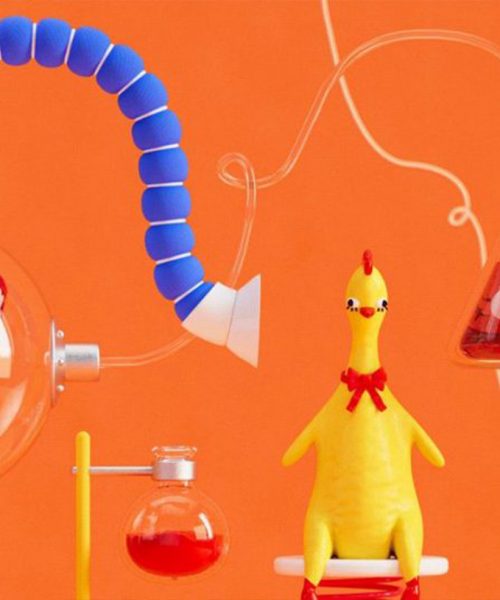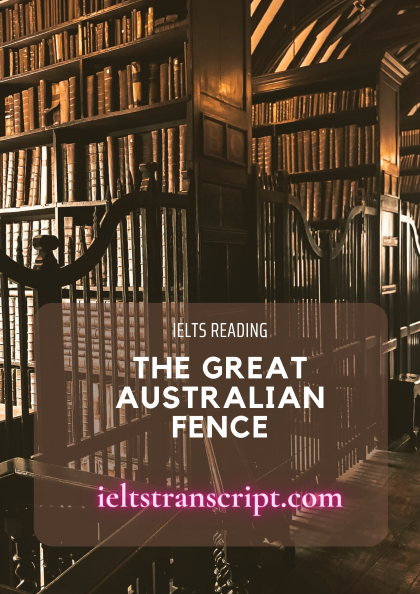- Đối với sản phẩm có giá: Sau khi chúng tôi ghi nhận thông tin đã thanh toán sản phẩm của bạn, sản phẩm sẽ được mở khóa và bạn có thể xem trực tiếp và tải tài liệu sản phẩm.
- Đối với thành viên trả phí: Bạn có thể mua và thanh toán sản phẩm với giá 0đ để tải tài liệu sản phẩm.
- Bạn có thể liên hệ với chúng tôi để được hỗ trợ mở khóa sản phẩm sớm nhất.
THE ART OF HEALING
- Chúng tôi chấp nhận các phương thức thanh toán sau đây: Thẻ tín dụng, thẻ ghi nợ, PayPal, chuyển khoản ngân hàng và tiền mặt.
Chúng tôi sẽ không thu thêm phí cho bất kỳ hình thức thanh toán nào.
- Nếu bạn gặp vấn đề về sản phẩm của chúng tôi trong thời gian sử dụng, vui lòng liên hệ với chúng tôi để được hỗ trợ xử lý sớm nhất nhé.
Xem trước mẫu
THE ART OF HEALING
As with so much, the medicine of the Tang dynasty left its European counterpart in the shade. It boasted its own ‘national health service’, and left behind the teachings of the incomparable Sun Simiao
If no further evidence was available of the sophistication of China in the Tang era, then a look at Chinese medicine would be sufficient. At the Western end of the Eurasian continent the Roman empire had vanished, and there was nowhere new to claim the status of the cultural and political centre of the world. In fact, for a few centuries, this centre happened to be the capital of the Tang empire, and Chinese medicine under the Tang was far ahead of its European counterpart. The organisational context of health and healing was structured to a degree that had no precedence in Chinese history and found no parallel elsewhere.
An Imperial Medical Office had been inherited from previous dynasties: it was immediately restructured and staffed with directors and deputy directors, chief and assistant medical directors, pharmacists and curators of medicinal herb gardens and further personnel. Within the first two decades after consolidating its rule, the Tang administration set up one central and several provincial medical colleges with professors, lecturers, clinical practitioners and pharmacists to train students in one or all of the four departments of medicine, acupuncture, physical therapy and exorcism.
Physicians were given positions in governmental medical service only after passing qualifying examinations. They were remunerated in accordance with the number of cures they had effected during the past year.
In 723 Emperor Xuanzong personally composed a general formulary of prescriptions recommended to him by one of his imperial pharmacists and sent it to all the provincial medical schools. An Arabic traveller, who visited China in 851, noted with surprise that prescriptions from the emperor’s formulary were publicised on notice boards at crossroads to enhance the welfare of the population.
The government took care to protect the general populace from potentially harmful medical practice. The Tang legal code was the first in China to include laws concerned with harmful and heterodox medical practices. For example, to treat patients for money without adhering to standard procedures was defined as fraud combined with theft and had to be tried in accordance with the legal statutes on theft. If such therapies resulted in the death of a patient, the healer was to be banished for two and a half years. In case a physician purposely failed to practice according to the standards, he was to be tried in accordance with the statutes on premeditated homicide. Even if no harm resulted, he was to be sentenced to sixty strokes with a heavy cane.
In fact, physicians practising during the Tang era had access to a wealth of pharmaceutical and medical texts, their contents ranging from purely pragmatic advice to highly sophisticated theoretical considerations. Concise descriptions of the position, morphology, and functions of the organs of the human body stood side by side in libraries with books enabling readers to calculate the daily, seasonal and annual climatic conditions of cycles of sixty years and to understand and predict their effects on health.
Several Tang authors wrote large collections of prescriptions, continuing a literary tradition documented since the 2nd century BC. The two most outstanding works to be named here were those by Sun Simiao (581-682?) and Wang Tao (c.670-755). The latter was a librarian who copied more than six thousand formulas, categorised in 1,104 sections, from sixty-five older works and published them under the title Wciitai miyao. Twenty-four sections, for example, were devoted to ophthalmology. They reflect the Indian origin of much Chinese knowledge on ailments of the eye and, in particular, of cataract surgery.
Sun Simiao was the most eminent physician and author not only of the Tang dynasty,
...KỸ NĂNG CHỮA BỆNH
Cũng như rất nhiều nền y học ở triều đại nhà Đường đã để lại cho đối thủ ở châu Âu sự tăm tối. Họ kiêu hãnh về ‘dịch vụ y tế quốc gia’ của riêng mình, và để lại những kiến thức quý báu không thể so sánh được từ Sun Simiao
Nếu không có thêm bằng chứng nào về sự tinh vi của Trung Quốc vào thời nhà Đường, thì chỉ cần nhìn vào y học Trung Quốc là đủ. Ở cuối phía Tây của lục địa Á-Âu, đế chế La Mã đã biến mất, và không có nơi nào mới để khẳng định vị thế của trung tâm văn hóa cũng như chính trị của thế giới. Trên thực tế, trong vài thế kỷ, trung tâm này đã từng là thủ đô của đế chế nhà Đường, và nền y học Trung Quốc dưới thời nhà Đường đã vượt xa các đối thủ châu Âu. Bối cảnh cải tổ của y học và chữa bệnh được kết cấu ở một mức độ chưa từng có trong lịch sử Trung Quốc và không có sự tương đồng ở những nơi khác.
Văn phòng Y tế Hoàng gia được thừa hưởng từ các triều đại trước: ngay lập tức được cơ cấu lại và biên chế với giám đốc và phó giám đốc, trưởng phòng và phó giám đốc y tế, dược sĩ và người quản lý các vườn dược liệu cũng như các nhân sự khác. Trong vòng hai thập kỷ đầu sau khi củng cố quyền cai trị, chính quyền nhà Đường đã thành lập một trung tâm và một số trường cao đẳng y tế cấp tỉnh với các giáo sư, giảng viên, thầy thuốc lâm sàng và dược sĩ để đào tạo sinh viên một hoặc tất cả bốn khoa y học, châm cứu, vật lý trị liệu và trừ tà.
Các thầy thuốc chỉ được trao các chức vụ trong dịch vụ y tế của triều đình sau khi vượt qua các kỳ thi sát hạch. Họ được trả thù lao phù hợp với số lần chữa bệnh mà họ đã thực hiện trong năm qua.
Vào năm 723, Hoàng đế Huyền Tông đã đích thân soạn một danh sách tổng hợp các đơn thuốc do một trong những dược sĩ triều đình đề xuất cho ông và gửi đến tất cả các trường y của tỉnh. Một du khách Ả Rập đến thăm Trung Quốc vào năm 851, đã ngạc nhiên về các đơn thuốc trong danh sách của hoàng đế đã được công khai trên các bảng thông báo ở các ngã tư để tăng cường sức khỏe cho người dân.
Chính phủ đã quan tâm đến việc bảo vệ dân chúng khỏi phương pháp y tế có hại. Bộ luật pháp luật nhà Đường là bộ luật đầu tiên ở Trung Quốc bao gồm các luật liên quan đến các hoạt động y tế có hại và không chính thống. Ví dụ, để điều trị bệnh nhân vì tiền mà không tuân thủ các quy trình y tế tiêu chuẩn được định nghĩa là gian lận kết hợp với trộm cắp và phải bị xét xử theo quy chế pháp lý về hành vi trộm cắp. Nếu những liệu pháp như vậy dẫn đến cái chết của một bệnh nhân, thì người chữa bệnh sẽ bị trục xuất trong hai năm rưỡi. Trong trường hợp một thầy thuốc cố tình không thực hiện theo các tiêu chuẩn, thầy thuốc sẽ bị xét xử theo quy chế về tội giết người được định trước. Ngay cả khi không gây tổn hại gì, thầy thuốc vẫn bị kết án sáu mươi đòn bằng một cây gậy nặng.
Trên thực tế, các thầy thuốc hành nghề trong thời nhà Đường được tiếp cận với vô số văn bản về dược và y học, nội dung của chúng từ những lời khuyên hoàn toàn thực tế đến những nghiên cứu lý thuyết rất phức tạp. Những mô tả ngắn gọn về vị trí, hình thái và chức năng của các cơ quan trong cơ thể người được đặt cạnh nhau trong thư viện cùng với những cuốn sách cho phép người đọc tính toán các điều kiện khí hậu hàng ngày, theo mùa và hàng năm của chu kỳ sáu mươi năm cũng như hiểu và dự đoán tác động của chúng đối với sức khỏe.
Một số tác giả thời Đường đã viết những thu thập đầy đủ chi tiết về đơn thuốc, duy trì truyền thống văn học được ghi lại từ thế kỷ thứ 2 trước Công nguyên. Hai tác phẩm nổi bật nhất được nêu tên ở đây là của Sun Simiao (581-682?) Và Wang Tao (c.670-755). Sau này là một quản lý thư việc đã sao chép hơn sáu nghìn công thức, được phân loại thành 1.104 phần, từ sáu mươi lăm tác phẩm cũ hơn và xuất bản chúng với tiêu đề Wciitai miyao. Ví dụ, 24 phần được dành cho nhãn khoa. Chúng phản ánh nguồn gốc Ấn Độ bằng nhiều kiến thức Trung Quốc về các bệnh của mắt và đặc biệt là về phẫu thuật đục thủy tinh thể.
Sun Simiao là thầy thuốc và cũng là tác giả lỗi lạc nhất không chỉ của triều đại nhà Đường, mà của cả thiên niên kỷ đầu tiên sau
...Để xem được đầy đủ nội dung và tải dữ liệu, bạn phải trở thành thành viên của chúng tôi và trả phí cho tài liệu (nếu có)
